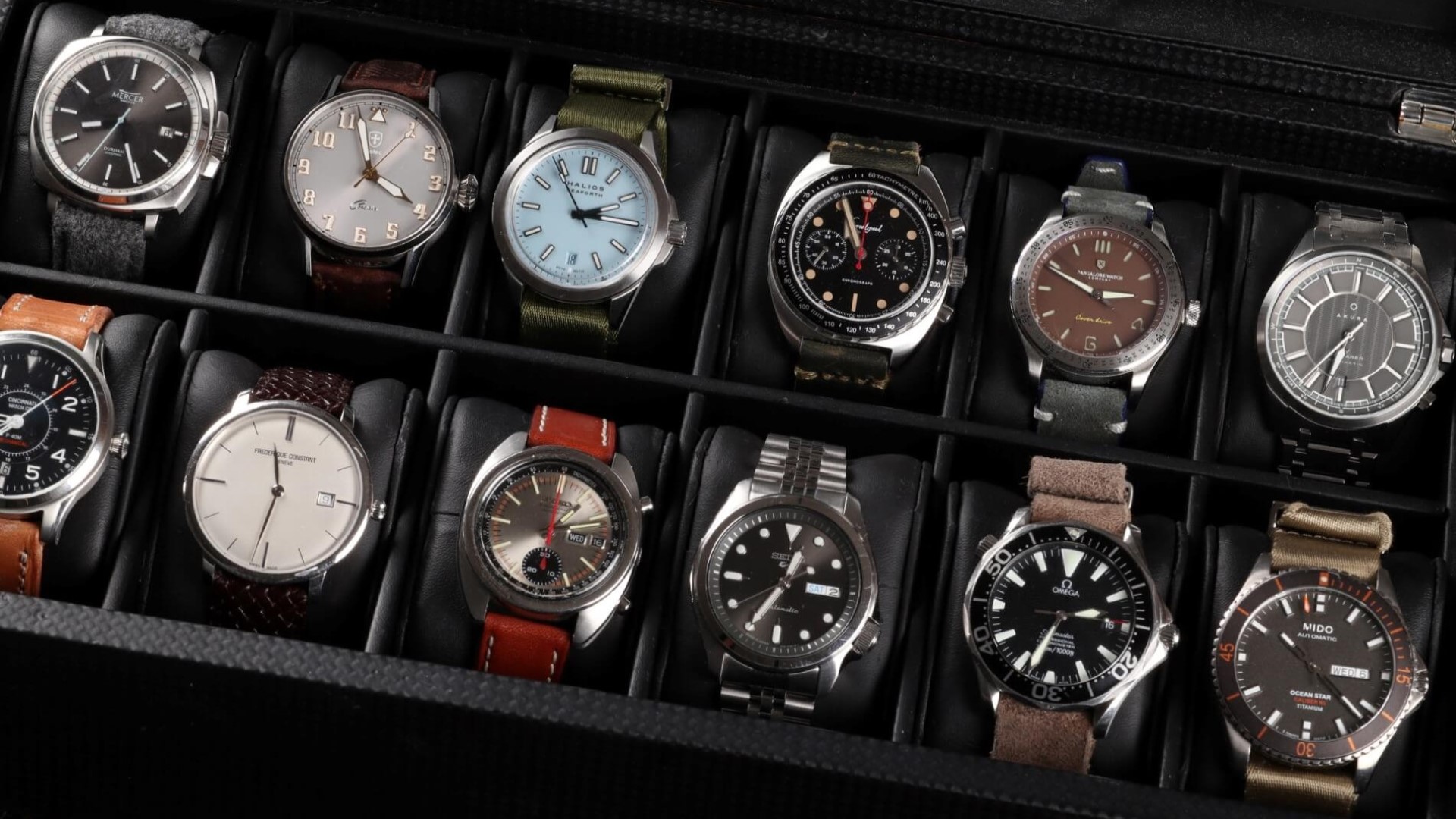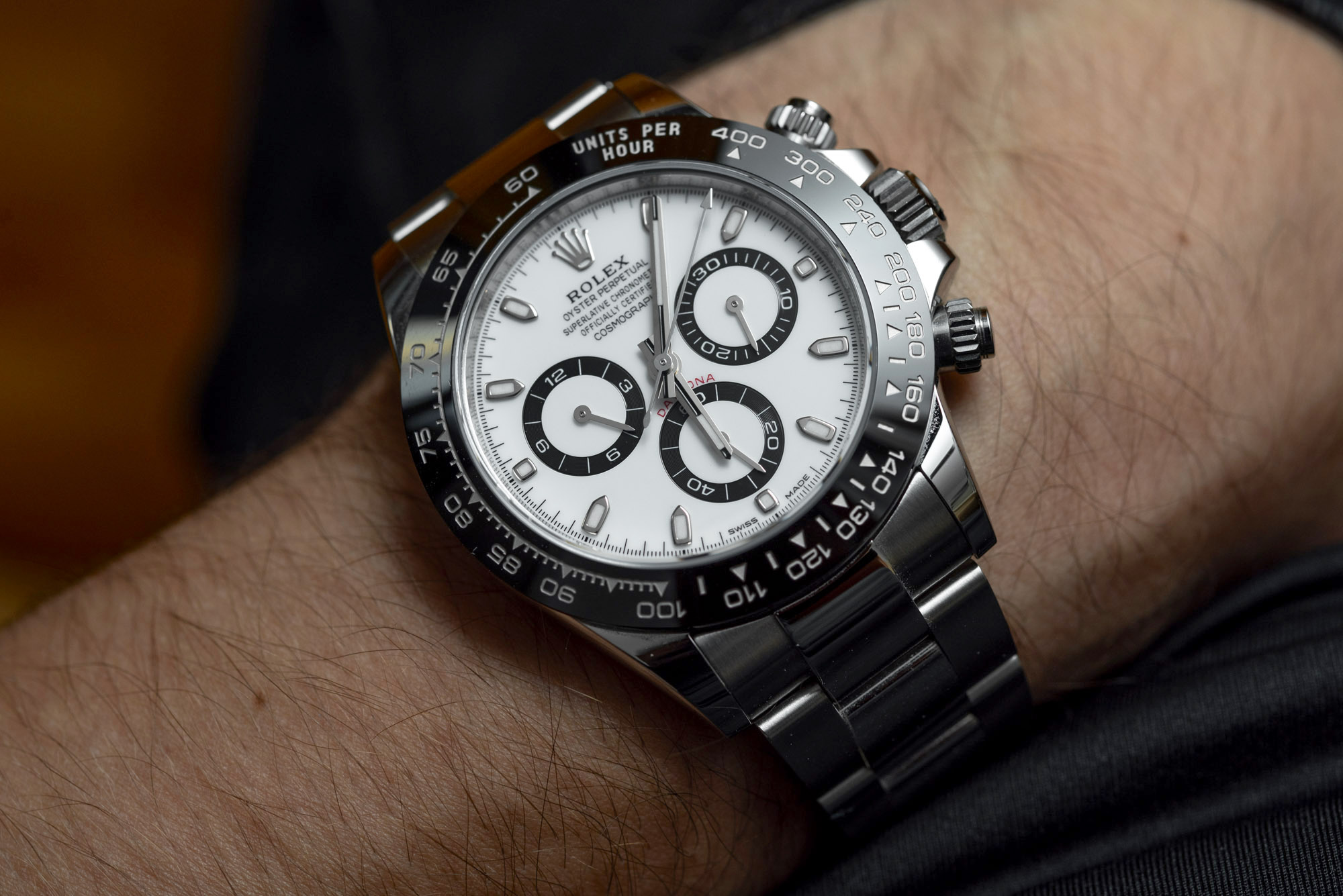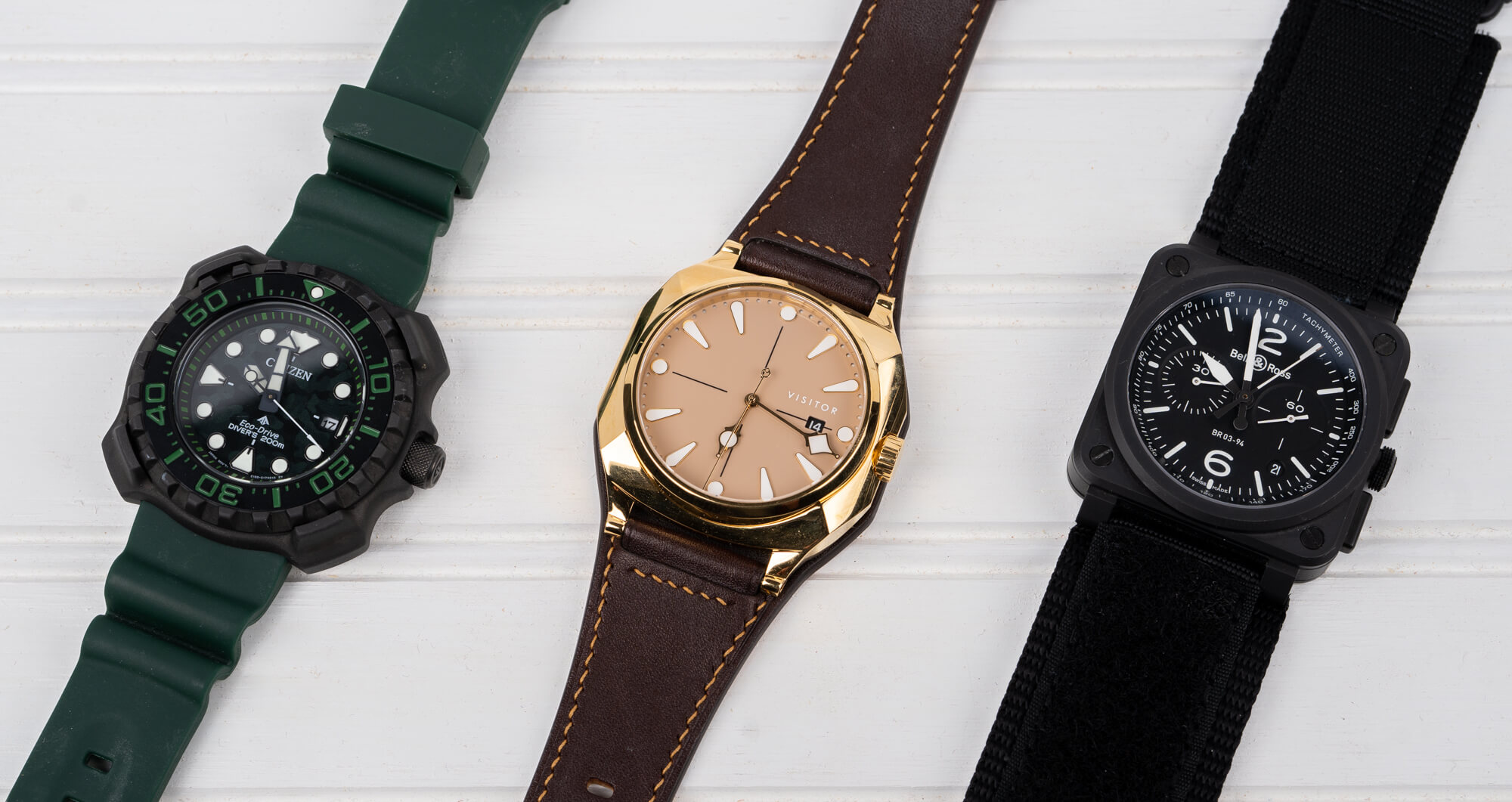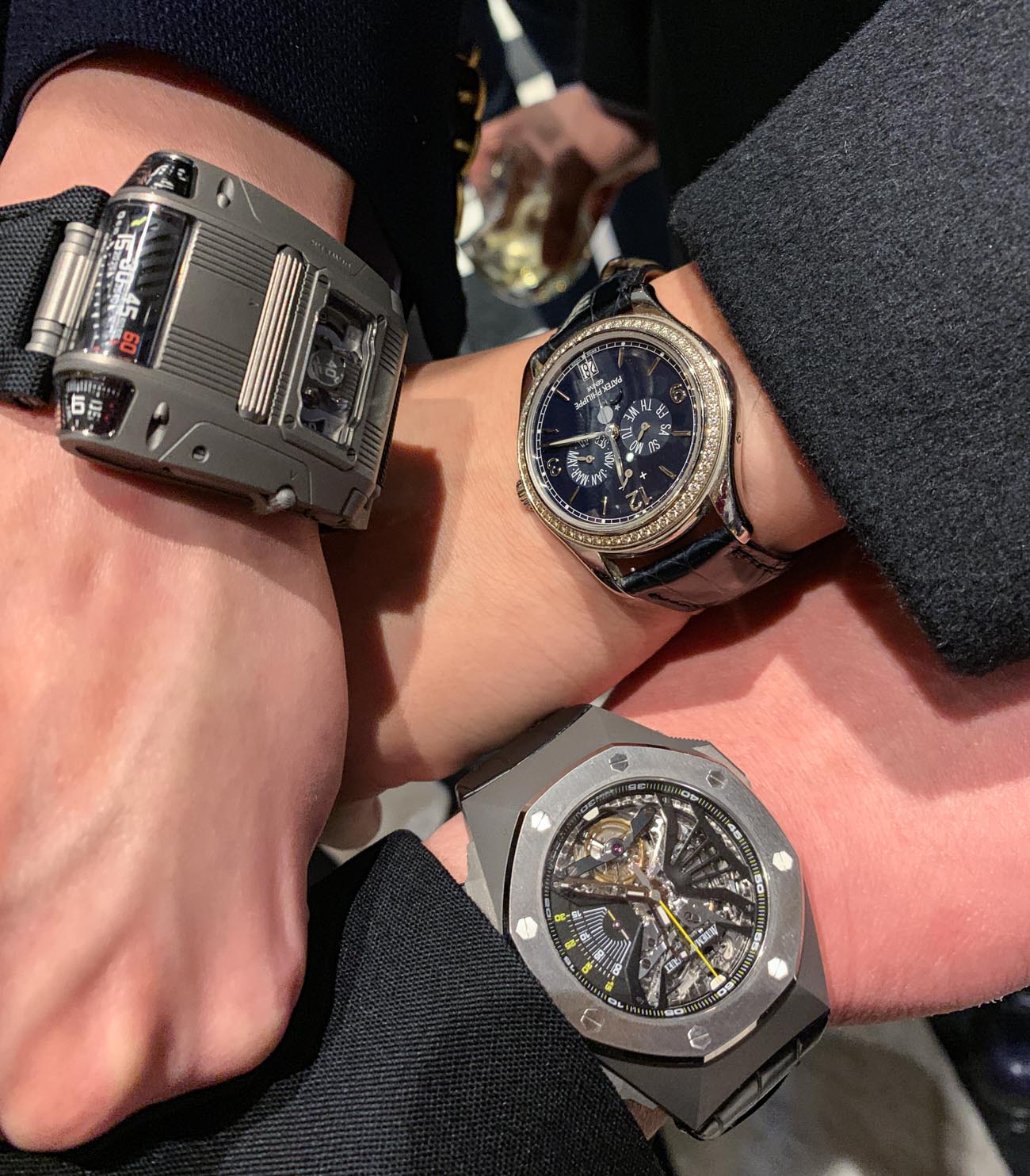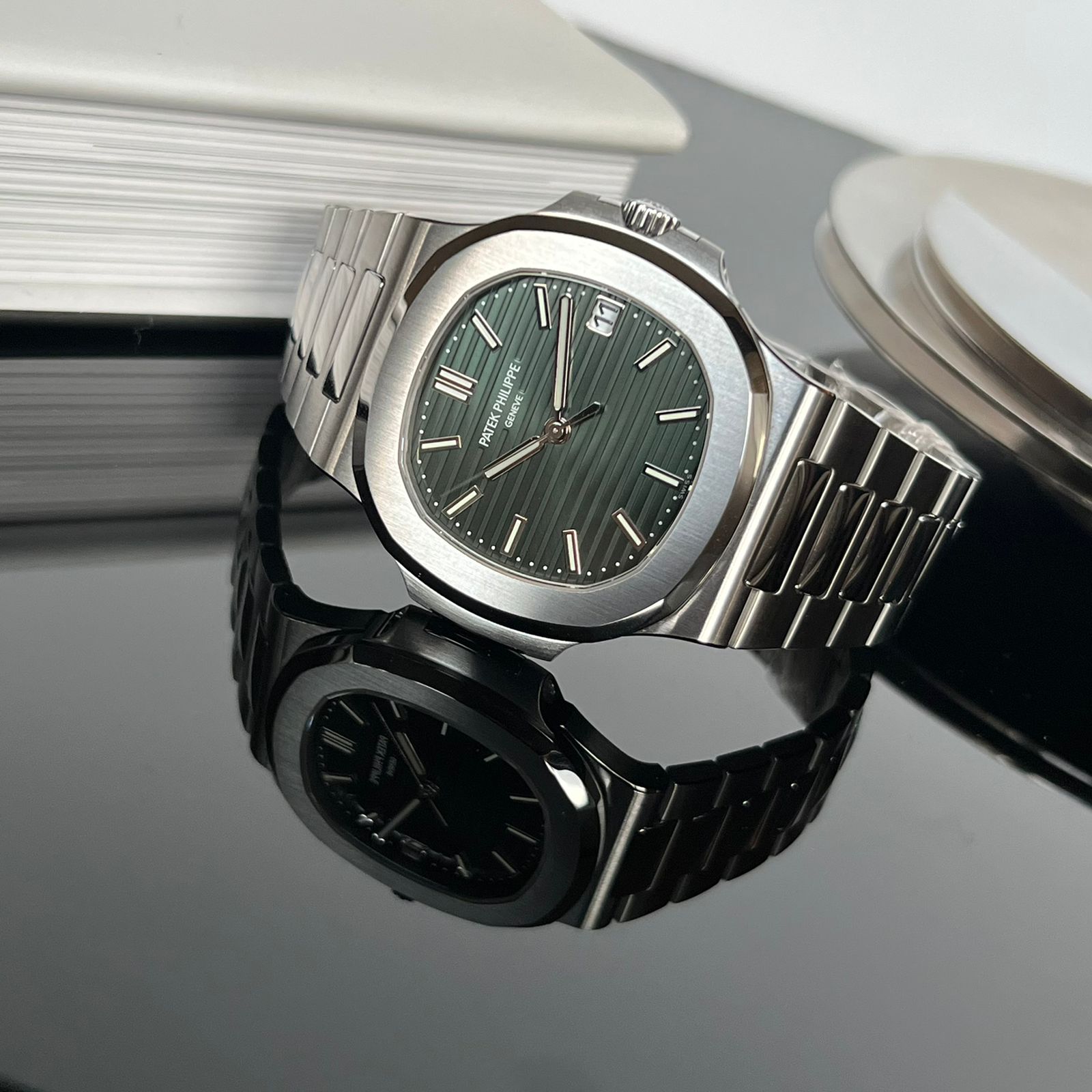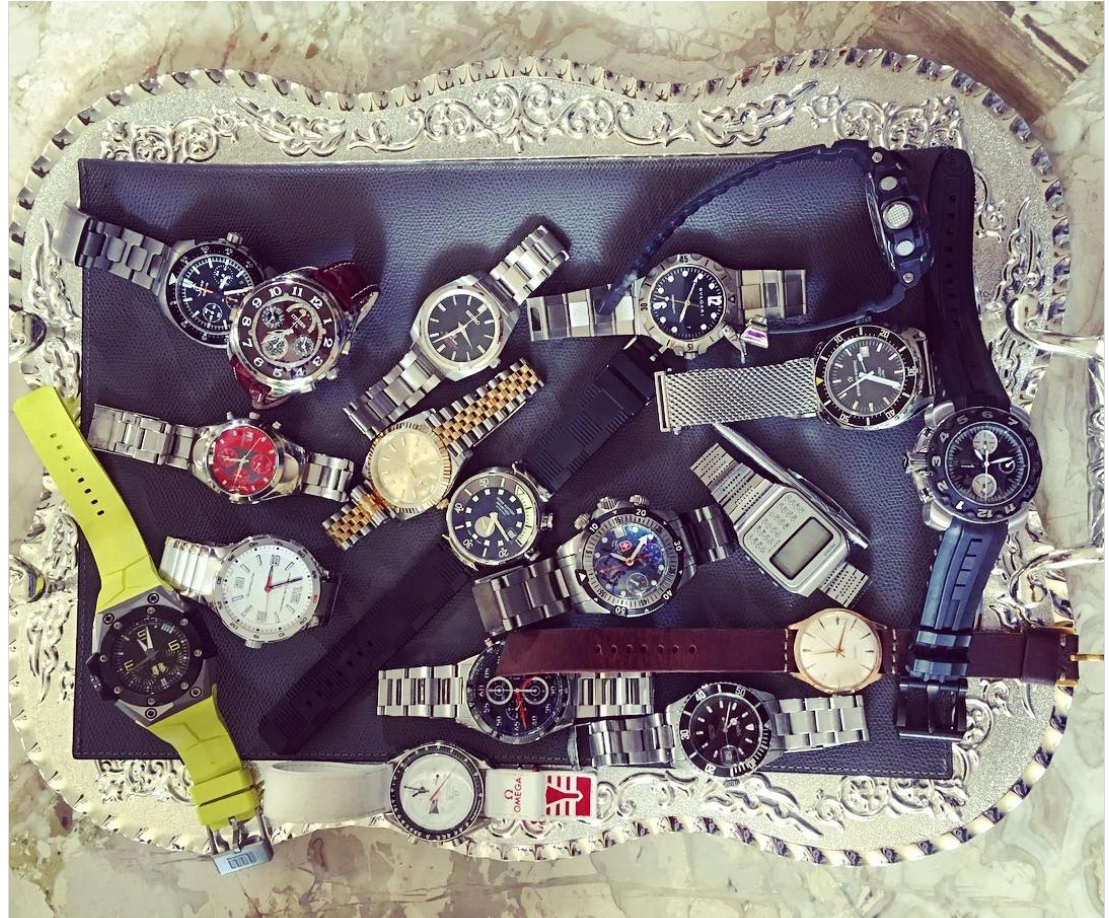The most appealing thing to me about the “watch enthusiasm hobby” (as I call it) is the ability for a collector’s acquired pieces to match their own unique personalities. The sheer diversity of available “cool” watches out there is one of the most cherished and compelling reasons for becoming interested in a hobby surrounding wristwatches. People enter the hobby through a variety of avenues (I’ve discussed “pathways to watch collecting” on numerous other occasions), and once they get there, the nature of buying and wearing watches today lends itself to the creation of very individualized assortments of watches. Collectors may all appear to be hunting for watches in similar ways, but the resulting collections they acquire are always a little bit different. This is one of the best things about watch collecting, and if you aren’t careful, marketers can ruin it for you.
The reason I am writing this article warning people about “advice” on how to collect watches is that there happens to be a lot of poor “watch collecting advice” out there. So frequently do people ask me about “must-have” timepieces or “perfect collections” that I have been told to just write an essay once and for all warning people that buying watches you are told to collect or copying other people’s collections is not likely to make you happy as a watch enthusiast (or otherwise).
This all started with the birth of the “listicle,” which is a combination of an editorial article and a list. We’ve all seen these “Top 10” or “Ultimate Rank Of _____” (fill in the blank) articles out there, and most of us have looked at a few. The reality is that listicles get clicks and views because the average consumer loves the idea that an expert has done the hard work for them and finally separated the great from the merely good. Why become an expert yourself when someone out there, ostensibly nerdier than you, has already asked and answered the very same questions?
Some listicle articles are, indeed, great but there is also no punishment for simply winging it or having no idea what you are talking about when publishing one. Nevertheless, in an era when it has been increasingly hard to get eyeballs on Web content, more and more publishers have pushed the idea of listicles and recommendation articles in the hopes of getting views. This has morphed into videos and entire Internet personalities whose mission seems to be the goal of telling people which watch they should buy next. Retail stores have even developed marketing concepts designed around treating wristwatches like hot commodities that are highly collectible because their value increases. So, we have a complex economy of Internet wristwatch information that is designed to tell people which watches to buy, what is considered collectible, and even entire collections to model their own after. I believe all of this information must be consumed with a great deal of caution.
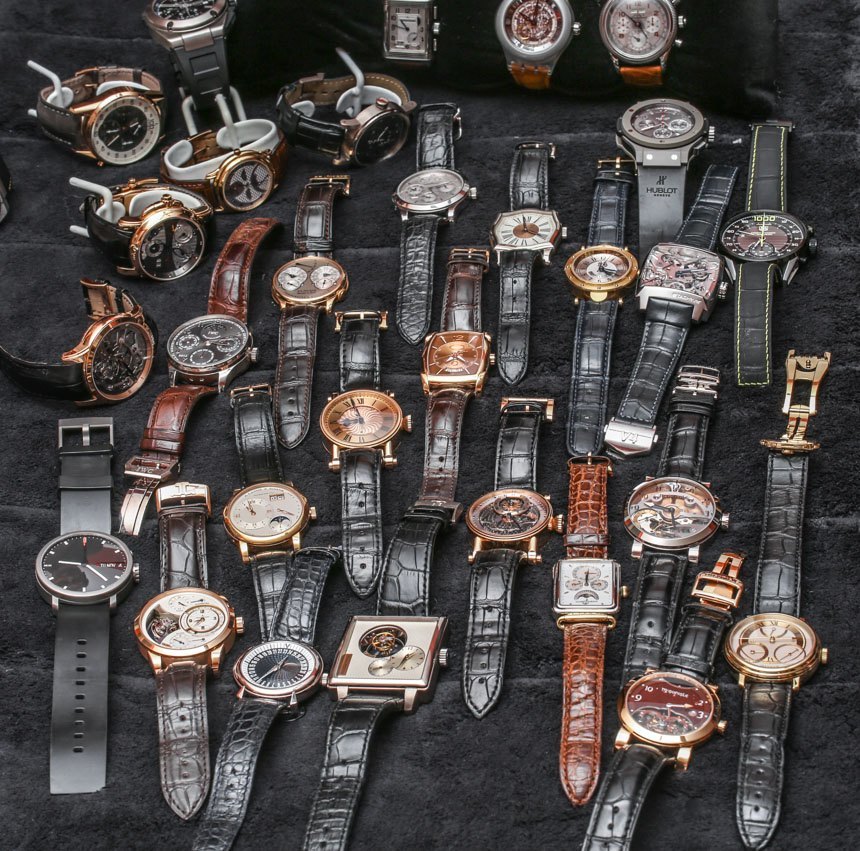
The official aBlogtoWatch policy on watch advice is simple. We are a shrine for the celebration of watch enthusiasm, and our goal is to share our passion with others. We wish to educate our audience about the greater universe of watches out there, as well as to explain the historical, technical, and artistic context around watches so that their deeper virtues can be more accessible to grasp. aBlogtoWatch doesn’t really care what watches people like or buy. We just hope that people are buying watches and supporting the industry. That’s it. Most others in this space cannot claim to be mere advocates of the cause and have no inclining toward brand affiliation. aBlogtoWatch advertisers are clearly labeled and probably show up on these pages because they are relevant and produce timepieces that are meant for enthusiasts. I not only don’t want people to feel compelled to ever buy a watch because it is trendy or popular, but I am also actually horrified at the idea that novice watch collectors are buying watches to complete “collection suggestions” given to them by third-party marketing personalities. Your watch collection should be unique, just as you are.
Apparently, there is so much misleading information about how to collect watches out there that an article like this is even necessary in the first place. I understand the impetus for much of this misleading content and the attraction that such a promise yields, but following such advice won’t make you happy. The best-case scenario if you blindly follow watch-collecting advice, is that you’ll end up with the world’s least offensive assortment of perfectly generic, “nice” watches.
I don’t want to sound harsh or denigrate those who are merely trying to assist the journey of young watch lovers in getting their footing in this space. Being into watches is remarkably intimidating. Not only is understanding how watches work complicated, but you need to grasp a microcosm of history, culture, science, engineering, manufacturing, art, and economics to really become a well-rounded and educated collector. That means a steep learning curve and time invested in trial and error. On top of that, buying watches isn’t exactly cheap for most people. The sensation that you are buying the “wrong” watch can be very strong, especially given the cost and how many other options there are out there. This is always going to be the case and there is really no shortcut to being a mature collector aside from taking some chances and possibly making some mistakes.
Videos, articles, and even websites dedicated to helping people start their watch collections deprive people of the necessary hands-on experience that helps people to learn what they actually like. They can also prevent someone from buying watches they like that help bring out the best of their personalities. Watch collecting is supposed to be a journey of discovery. Along the way you discover what is out there, what people you admire wear, what you don’t like, what fits your wrist nicely, and what amount you are comfortable spending. None of this can be short-tracked and rushing any part of the process means that the resulting watch collection will not make the owner as happy as a collection of watches they chose to pursue purchase one at a time, on their own.
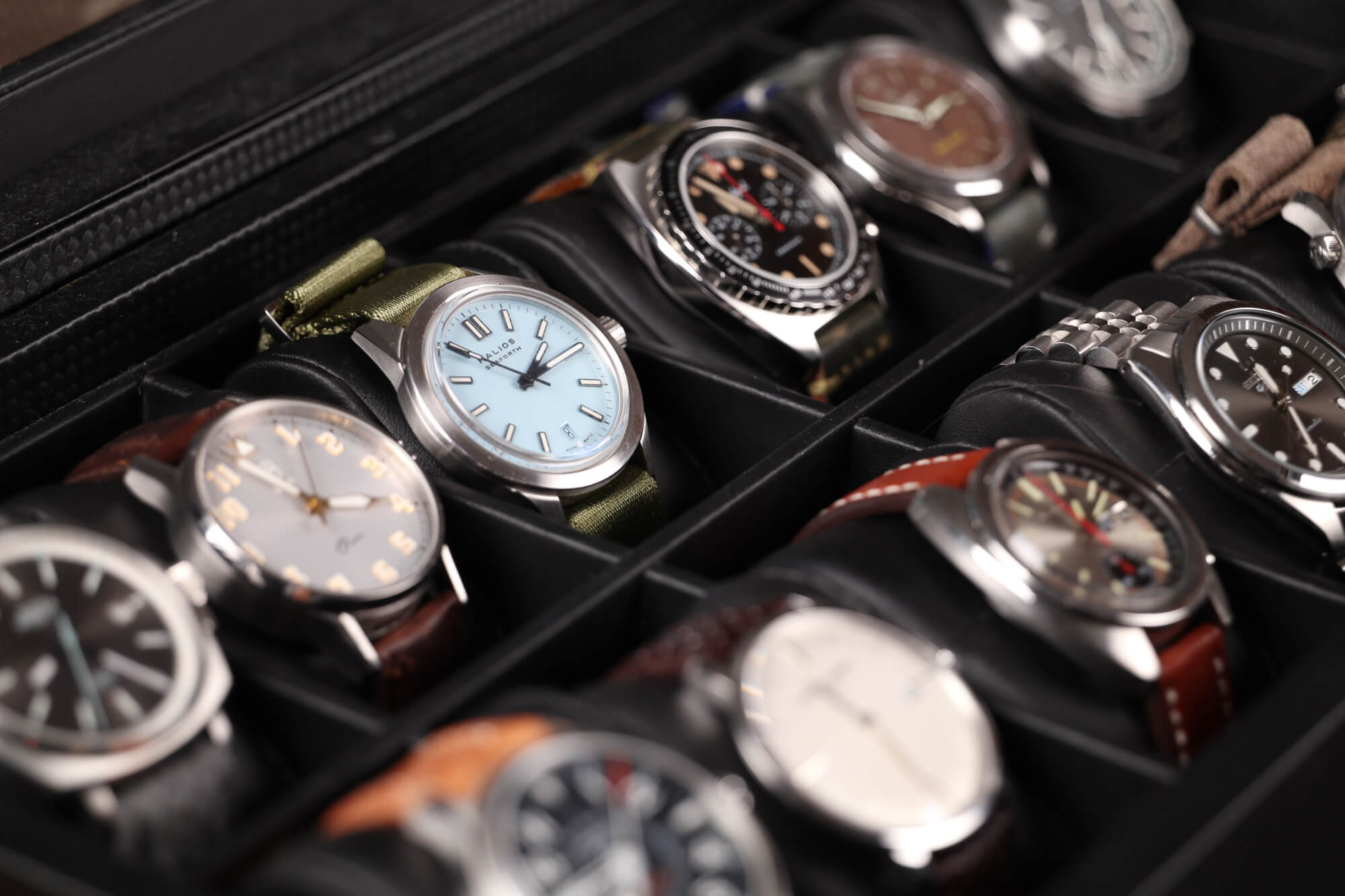
The only shortcut to gaining experience as a watch collector is to see and touch as many different watches as possible, as quickly as possible. Comments online rarely help you gauge how you will personally react to a watch when seeing it in person. Seeing a lot of watches will certainly help you evaluate watches you have never seen before better, but I do not believe it is easy or desirable to inform and discover your own taste for watches by consuming content on the internet. This is something you need to develop offline, and then you can use online media to help you discover new brands and narrow down your purchase options.
Remember that most watches out there are qualitatively good, meaning that you don’t need a lot of advice on how to get a watch that keeps good time or that doesn’t fall apart once on your wrist. Sure there are going to be some practical things you might need expert advice on, but for the most part, the majority of watches sold today perform their duty as timekeepers pretty well. Consumers certainly expect their watches to tell the time well, but that isn’t what gets them to purchase one product over another. What persuades them to purchase are small emotional cues that go above and beyond evaluating the technical or performance merits of watches. In other words, unlike other gadgets whose performance can vary and thus expert advice can be useful, it doesn’t take an expert opinion for most people to purchase a watch that will tell time well. Expert advice in the watch media space should thus be used to educate and inform, as opposed to reducing available purchase options into easy-to-digest lists.
So, let’s get back to discussing specific types of presumed watch-collecting advice to avoid out there. I mentioned this already, but beware of anyone who says that in order to have a satisfying collection, you need to purchase some or all of the watches on a particular list. Those choices might be interesting or even great, but they represent merely one viewpoint and, for the most part, are entirely arbitrary. Buying a pre-selected collection of watches will not help you understand what to appreciate in those watches, or why to enjoy them, nor is it any guarantee that wearing any of them will flatter you.
Remember that taste is entirely subjective and should remain that way. No one can tell you what watches to be attracted to any more than someone can tell you what types of people to be attracted to. Even a well-meaning media or retail personality trying to produce a crowd-pleasing list of timepieces is doing a disservice to the very personal nature of watch collections. Why should they care? It actually suits them and the industry quite well for particular models to be in high demand. Those watches can trade for premiums when new, and best of all there will be demand for them as used watches. By promoting particular watches as those that “everybody should collect,” they are by nature creating an inflated market for those watches. That demand helps people selling those watches, but for consumers, such funneling creates an artificially small arena of potential watch purchase choices. In reality, at any given time on the Internet, there is a virtually limitless selection of incredible watches to purchase that aren’t on anyone’s Top 10 list.
I would even avoid suggestions of the types of watches you might want to have in your collection. These types of recommendations don’t always go so far as to spell out specific watch models to buy but often suggest particular brands or categories of watches. Again, these people are often a bit more well-meaning but all they end up doing is offering a small sliver of the available options out there. Following such advice allows for more personal decision-making, but it also still unnecessarily narrows collector attention away from other options that might make them happier.
It might sound as though my advice (ironically) is not to take any advice. You could be a cynic and make a remark like that. With that said, I think people who are familiar with the type of misleading “how to start a watch collection” content out there know what I am referring to and understand there is a marked difference between giving consumers the tools to allow them to find out what will make them happy and simply telling them what will make them happy. Social media might have made it easier for people to learn what purchase decisions have made other people happy, but it still isn’t possible to get to know your own tastes by emulating someone else’s.
Think of what a collector is. In practice, the pursuit of collecting an object is more often defined by the education of that object’s world and the often tireless pursuit of acquiring each example of it. Very rarely do people actually “use” the things they collect. They may adorn or wear them, but rarely are things we collect things we also use. That makes the educational and experiential part of collecting watches (or otherwise) the most important part of the process. If you skip all that and jump straight to the acquisition phase – then all you’ll be left with are uncomfortable questions about why you just spent so much money on watches.

